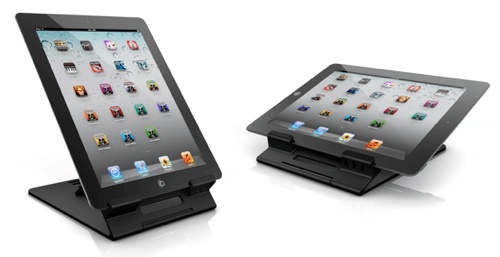Navigation tasks are vitally important use-cases for the in-vehicle consumer. Regardless of device type (embedded or portable), a well-put-together and usable connected navigation system must provide information which is timely, relevant, and easily-consumed. A new report from the In-vehicle UX (IVX) group at Strategy Analytics (www.strategyanalytics.com) has found key differences in usage and satisfaction among owners of embedded, dedicated portable and smartphone-based navigation systems.
Surveying owners in the US, Western Europe, and China, Strategy Analytics found overall satisfaction to be highest among owners of embedded navigation systems, particularly in the US. However, while usage of embedded navigation systems remains high, the prevalence of smartphone-based app navigation is becoming increasingly ubiquitous. Even so, findings from the survey suggest that users are still most satisfied with an interface that is best optimized for use in-car and one that is more visually appealing.
“The sharp increase in usage and satisfaction among smartphone-based navigation app users could indicate challenges ahead for OEMs [original equipment manufacturers],” says Derek Viita, senior analyst and report author. “This increase is especially interesting given the introduction of Android Auto and Apple CarPlay along with Baidu CarLife in China. For an increasing number of consumers, providing mirroring from the display of their smartphone onto an in-car system is all that is needed, as they have easy access to all previously searched locations. This would mean not having to enter them again on a vehicle-specific interface.
It’s additionally important to optimize for use cases which are not directly related to providing directions, he adds. Other tasks such as real-time traffic provide daily relevance, while finding basic information related to POIs (opening hours, phone numbers, price points, etc.) is becoming increasingly valuable to users.”
“While consumers show interest in and willingness to purchase embedded navigation, the primary draw is the in-vehicle display,” says Chris Schreiner, director, User Experience Innovation Practice, Strategy Analytics. “Solutions which pair attractive embedded displays with features like contextual awareness or small maps on the instrument cluster are needed to differentiate embedded offerings from mobile mirroring solutions.”




